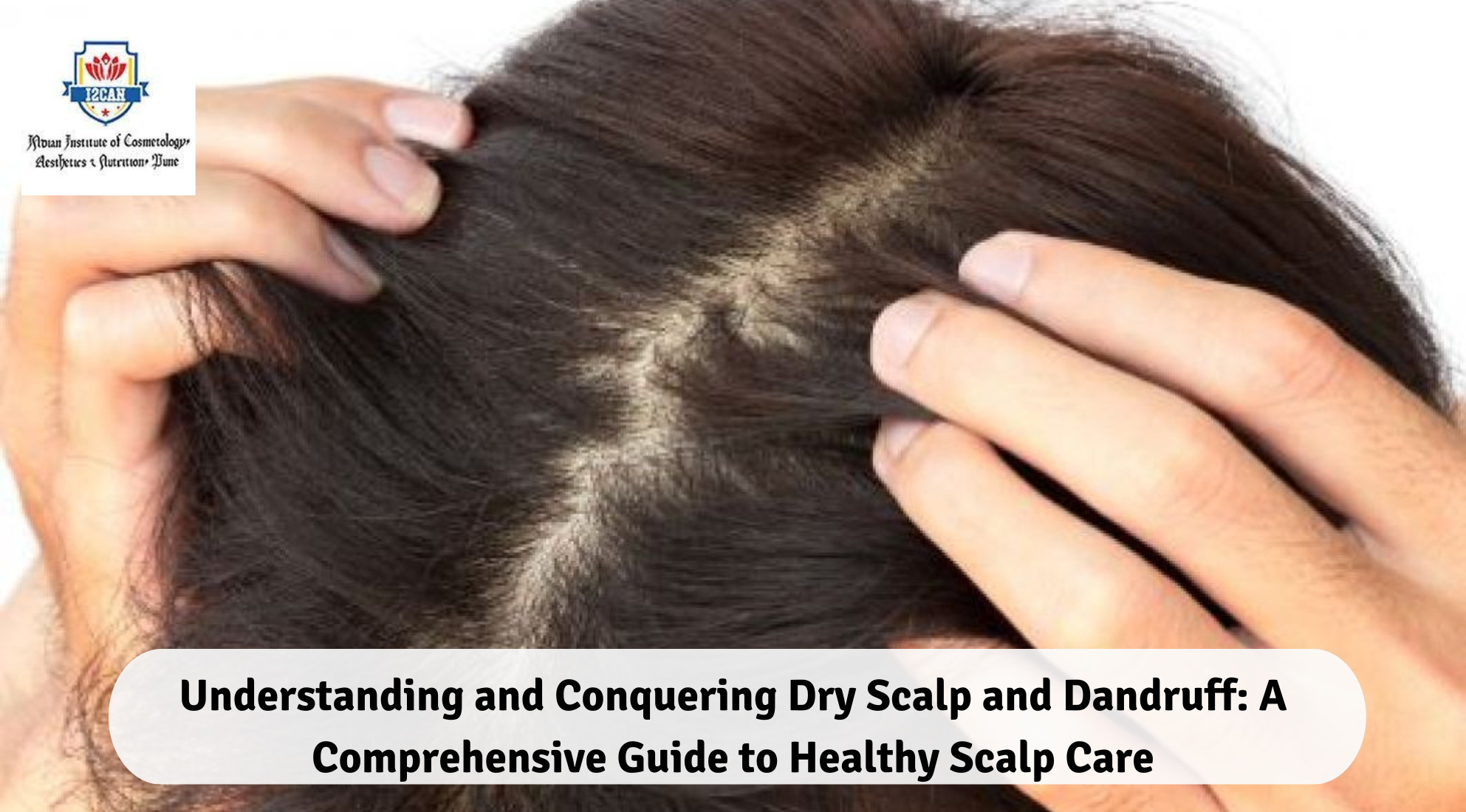A healthy scalp is the foundation of luscious and vibrant hair, yet many individuals find themselves grappling with two common issues – dry scalp and dandruff. While both conditions can lead to discomfort and embarrassment, it’s crucial to recognize the distinct causes and effective treatments for each. In this comprehensive guide, we will delve into the root causes, triggers, and treatments for dry scalp and dandruff, empowering you with the knowledge to achieve a healthier scalp and radiant locks.
Dry Scalp: Unveiling the Culprits Dry scalp occurs when the skin on your scalp lacks essential moisture, leading to irritation and flakiness. Several factors contribute to the onset of dry scalp, including:
- Cold, Dry Air:
- Harsh weather conditions, particularly during winter, can strip the scalp of moisture, leaving it dry and prone to irritation.
- Contact Dermatitis:
- Reaction to hair care products, such as shampoos, styling gels, and hairsprays, can trigger contact dermatitis, resulting in a dry and itchy scalp.
- Age:
- As we age, our skin tends to lose moisture, making older individuals more susceptible to dry scalp.
- Stripping Products:
- The use of products that strip the natural oils from your skin can disrupt the scalp’s moisture balance, leading to dryness.
Dandruff: Tackling the Excess Oil Dilemma Dandruff, on the other hand, is characterized by an excess of oil on the scalp and an overgrowth of the Malassezia yeast. The primary cause of dandruff is seborrheic dermatitis, a condition that makes the skin oily, red, and scaly. Common areas affected by seborrheic dermatitis include the eyebrows, groin, armpits, chest, upper back, ears, and along the sides of the nose.
- Seborrheic Dermatitis:
- This condition results in oily, red, and scaly skin, leading to the formation of white or yellow scales that flake off, causing dandruff.
Treatment Strategies: Restoring moisture levels to the scalp requires a tailored approach that goes beyond traditional moisturization methods. Unlike moisturizing the skin, directly applying emollients to the scalp can leave the hair greasy and limp. Here are effective treatment strategies for both dry scalp and dandruff:
- Dry Scalp Treatment:
- Use a gentle clarifying product like Scalp Advanced Anti-Dandruff medicated for flaky scalp concerns.
- Regular use of this product can help balance the skin’s moisture levels, preventing the formation of visible flakes.
- Dandruff Management:
- Employ specialized anti-dandruff shampoos containing ingredients like ketoconazole, selenium sulfide, or pyrithione zinc.
- Gently massage the shampoo into the scalp, allowing it to sit for a few minutes before rinsing thoroughly.
- Maintain a consistent hair care routine, including regular washing and conditioning, to keep the scalp healthy.
Conclusion: Achieving a healthy scalp involves understanding the unique characteristics of dry scalp and dandruff, along with implementing targeted treatments. By addressing the root causes and adopting a tailored care routine, you can bid farewell to scalp discomfort and confidently embrace the beauty of well-nourished, flake-free hair. Remember, a healthy scalp sets the stage for a crowning glory that exudes vitality and confidence.

